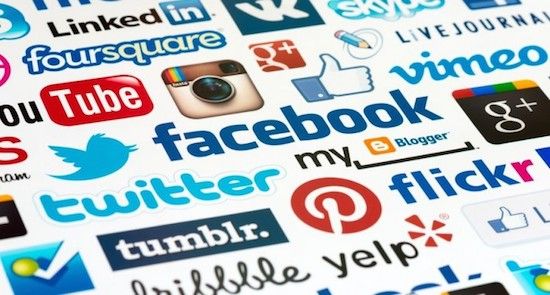Social media and widespread access to technology have changed the world as we know it. Less than 10 years ago, we were told to never get in the car with a stranger. Today, with Uber, we feel safe essentially hitchhiking with strangers to meetings and meals with clients all the time! But there’s a balance to be struck. After several years of heavy reliance on social media, companies are starting to retrace their steps back to in-person interactions over online ones.
Of course, this doesn’t mean that using social media is no longer a strong strategy. In fact, at this point, it’s practically mandatory. However, it can’t and shouldn’t be used as a catch-all. The smartest businesses in 2018 are going to be finding innovative ways to handle social media to enhance their in-person encounters, not to replace them.
Why In-Person Is Integral
It is absolutely crucial to meet with your clients and your network in person. Although we often see social media and in-person conversations grouped together under the general cluster of “communication,” you can learn very different things about people from each medium.
When possible, live interaction is the preferable choice because it’s almost entirely off the cuff. Social media is not a conversational tool — it’s a branding device where people put a massive amount of thought into what they publish and try to cultivate the “best version of themselves” for their audience. You get an impression of who they want to be, not who they are. Conversely, speaking in person, especially one-on-one, shows you who someone is when the free world isn’t watching. It’s much more revealing and authentic. You can feel the power of their warmth and charisma, or notice their unscripted flaws and decide whether those matter to you.
Going through the logistics of meeting with someone in person can also help you to learn whether or not they’re worth your time in the future. Whereas on social media, your audience can communicate with you and others at the top of your industry quite directly, in “real life” they might have to jump through a few hoops.
I often would bring a candidate for a job to a local restaurant. I’d learn more about them by how they interacted with the waitstaff than I would in the structured interview. I knew a country club general manager who used to leave small pieces of wrappers around the area when interviewing a manager. He wanted to see who noticed and took action – not something you could experience via social media.
In-person interactions can even reveal whether you and a client are a good fit. When you interact with others on social media, they almost always seem confident and positive because they feel a sense of control from behind the screen. But in person, their nonverbal cues and emotional reactions can be more telling. If you mention something to a potential client about your company’s approach, and their eyes light up and they smile, that’s a sign of shared values. And after you’ve met, they’ll feel like they “know you” on a deeper level than your Twitter avatar, which promotes a sense of loyalty and accountability.
Why Not Both?
Fortunately, the benefits of in-person interactions definitely don’t mean that you need to drop everything, delete your Instagram and LinkedIn, and run for the hills. Social media can absolutely be your friend. It just has to be used in combination with live interaction instead of in competition with it.
One smart way to do this is using social media activity to create a reputation that you then follow up smoothly and consistently with in real life. For example, Chick-fil-A has an extremely upbeat social media presence where it mixes humor and gratitude, asks for its customers’ opinions, and emphasizes acts of kindness. It follows up with this reputation in person by offering unusually friendly and generous customer service. If you can cultivate a positive brand online and then confirm its authenticity in person, you’re creating excellent relationships.
Another great way to mix social media and real-life interaction is to create an online group or forum where people can “meet” before an in-person event. Events like the B2B Forum are invaluable to their participants, and the relationships they build are even more seamless when the ostensible strangers already have some knowledge of each other before they actually meet.
If you just can’t hold an in-person event or meeting, a live video is a reasonable alternative. Instead of producing the manufactured, overly on-brand vibe that many corporate videos have, streaming a live video has the power to make you much more likable. The vulnerable nature of a medium where you could mess up on camera at any moment can definitely give you a more sympathetic persona.
It’s Your Turn
There are many ways to combine in-person interactions with social media. If you get creative, you have the power to use both to impact huge audiences and build valuable connections.


















































